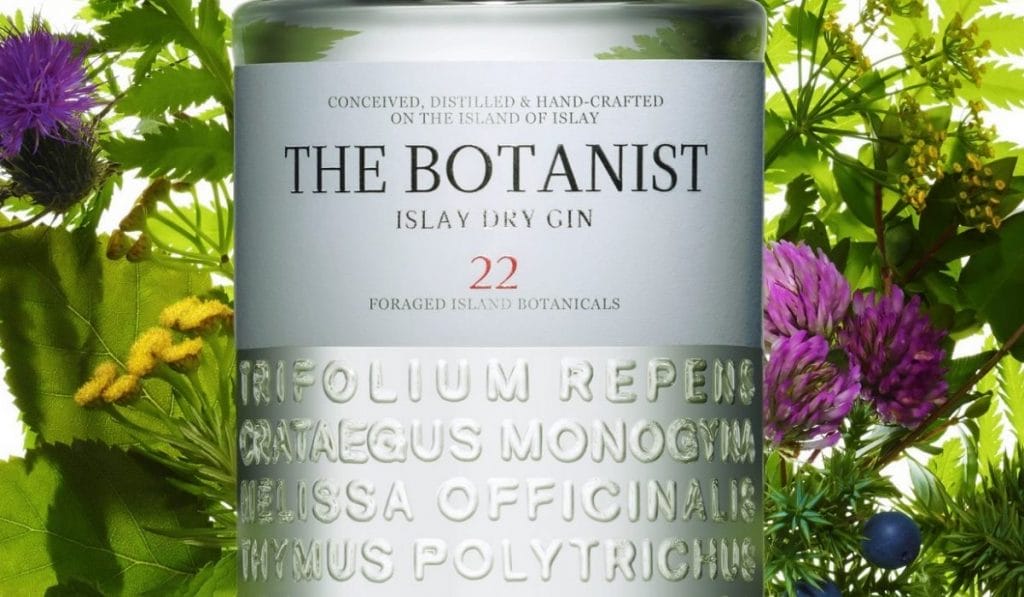If bottles could speak, nothing would tell the tale of “being the odd one out†better than The Botanist.
Hailing from a Scottish island that’s by now synonymous with whisky – here’s where your peaty Laphroiags, Arbegs, Bowmores and Lagavulins get made – the Islay gin spent its early months battling preconceptions from consumers and critics alike. Was it a pretender riding on the coattails of its darker cousin? What would whisky distillers Bruichladdich know about botanicals?
“No†and “plenty†are the answers, apparently. The 31-botanical gin (yes, thirty-one, we’re spelling that out) springboarded its left-field entrance and impressed critics with its balanced complexity and dynamism. In other words, it is a heck of a drink to sit with while discovering its many facets.
The typical juniper lead is handed a supporting role as menthol and citrus perk up the variegated floral notes – not surprising for a distillery that prides itself on being progressive. The combination won it multiple Spirit of the Year awards, some from whisky-based platforms, no less.

Then Master Distiller Jim McEwan, a revered figure in the world of whisky – but not gin.
Much of the spirit’s technical success can be traced to the man behind The Botanist, former master distiller Jim McEwan, to whom the gin was clearly a passion project. McEwan spent almost four decades in Bowmore, making a storied run from apprentice to top distillery dog, before he was called upon to revive the ailing Bruichladdich in 2001.
With half a century in the business so intricately tied to Islay, he found himself compelled to express its story through a drink (what else?), and so worked into The Botanist 22 hand-foraged botanicals indigenous to the island. The rest is awards history.

McEwan retired less than two years after its launch (though he’s up and about once more, helping out a fledgling distillery), so it’s safe to say the gin was in some ways a swan song. And what better analogy to remember The Botanist by than the parable of The Ugly Duckling?




